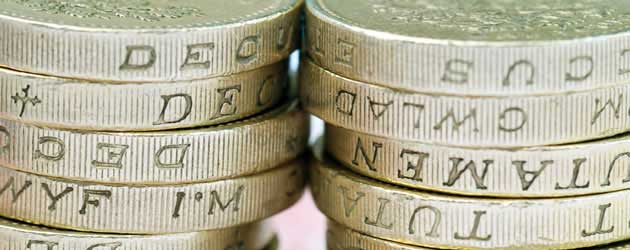
The Pound to New Zealand Dollar exchange rate (GBP/NZD) climbed higher by around 0.8 cents last night as the Reserve Bank of New Zealand announced that it was considering further intervention in the future in order to cap the value of the domestic currency.
GBP/NZD rose to a daily high of 1.8705 in response to the dovish remarks from the RBNZ. Central Bank Governor Graeme Wheeler said that the New Zealand Dollar is overvalued, but acknowledged that the RBNZ does not have the ability to significantly dampen demand for the ‘Kiwi’.
“In recent months we have undertaken foreign exchange transactions to try and dampen some of the spikes in the exchange rate. We are prepared to scale up our foreign exchange activities if we see opportunities to have greater influence”.
The benchmark currently stands at a record-low 2.5% and has done since early 2011. Since 2011 the Pound has declined by around -34 cents against the New Zealand Dollar largely as a result of the Eurozone debt crisis, which has significantly eroded confidence in the British economy. Although the RBNZ interest rate has been at a record low, it is still way above the Bank of England’s benchmark rate of 0.50% and this profitable interest rate differential has helped the New Zealand Dollar to grow to ominously strong levels. Indeed, GBP/NZD struck an all-time low of 1.7708 on April 11th.
The problem with such a steep rise in the value of a currency is the damaging effect it has on the country’s exports and the RBNZ stated that it remains determined to do what it can to halt the long-term rally.
Demand for the ‘Kiwi’ was hurt when Wheeler said that: “New Zealand’s exchange rate is significantly overvalued”, and vowed to “diminish investor perceptions that the New Zealand Dollar is a one-way bet”.
Earlier on in the day GBP/NZD had remained relatively unchanged as poor UK Retail Sales had negatively impacted Sterling, but a slashing of global growth forecasts from the OECD had weakened the high-risk ‘Kiwi’.
The CBI UK Retail Sales index sunk to a 13-month low of -11.0 in May as consumers failed to find the money to spend on the high street when faced with elevated inflation and lagging wage growth. However, the Pound’s blushes were spared around midday as the Organisation for Economic Cooperation and Development (OECD) reduced its growth projections for the global economy from 3.4% to just 3.1%.
The OECD was especially critical of the Eurozone, which it described as being in a “dire” state, and urged the European Central Bank to introduce a quantitative easing style asset purchasing scheme, as well as to bring the deposit rate into negative territory.
The Euro was not drastically damaged by the OECD’s warning, however, as German CPI inflation jumped higher from 1.2% to 1.5%, which reduced the possibility of further ECB stimulus.
Later on today the latest US GDP figures should give some indication as to the direction of the Federal Reserves QE3 programme. A strong result will likely lead investors to buy the Dollar and get rid of high-risk currencies, such as the New Zealand Dollar, in anticipation of a tapering of asset purchases; whilst a weak figure could lead to a renewed bout of risk appetite as the Fed’s easing scheme continues.

Comments are closed.